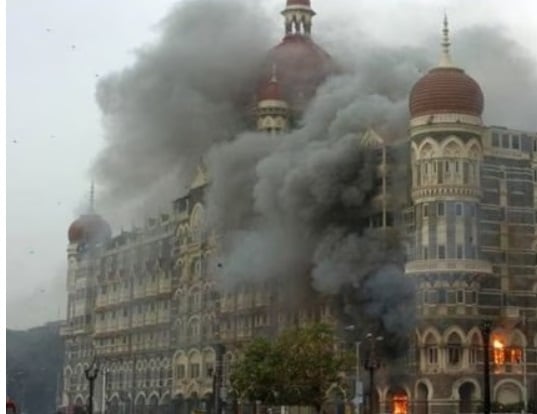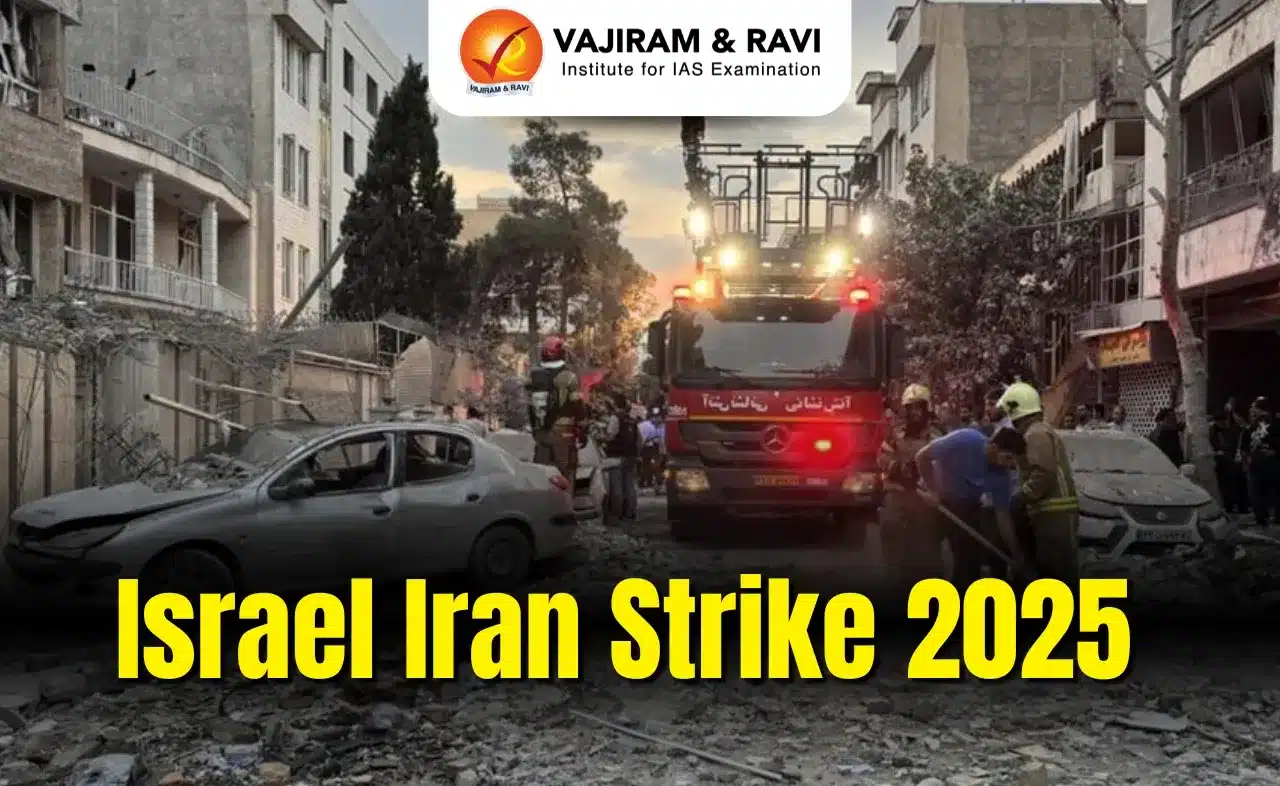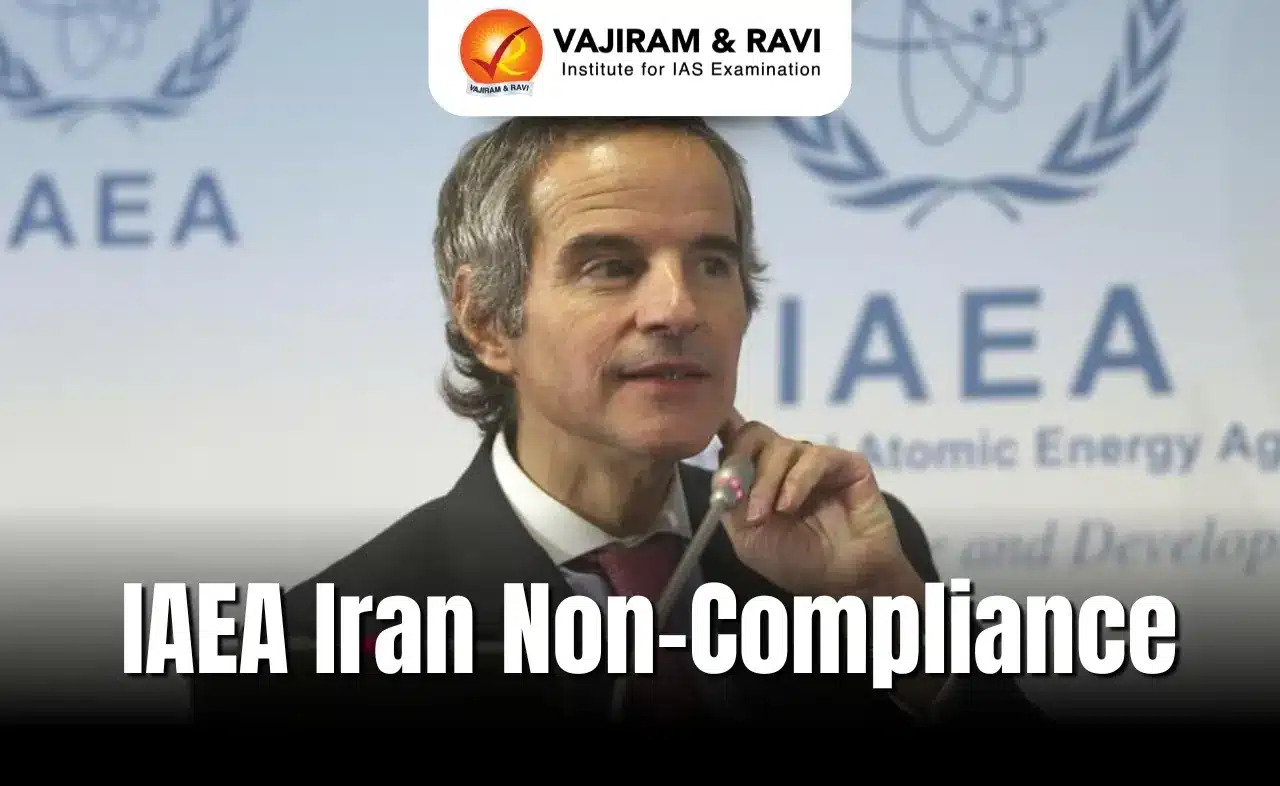What’s in today’s article?
- Why in news?
- How Mumbai terror attacks changed India’s security infrastructure?
- Ways in which India’s strategy game has played out since Mumbai attacks
Why in news?
- India had witnessed many terror attacks over the years but the one that rocked Mumbai in 2008 was a turning point.
- 10 Lashkar-e-Tayyeba (LeT) gunmen travelled by sea from Karachi to Mumbai and carried out attacks for four days.
- The ease with which they carried out the attack revealed:
- significant weaknesses in India’s maritime security,
- flaws in its internal security system, and
- shortcomings in its counter-terrorism infrastructure and local police.
- This attack fundamentally transformed India’s strategy, and relationships in the world.
How Mumbai terror attacks changed India’s security infrastructure?
- Soon after the attacks, some key decisions on the security front were taken by the government.
- These included:
- tightening of maritime security,
- fixing of loopholes in the intelligence grid,
- strengthening of the legal framework to deal with terrorism, and
- creation of special agencies to probe terror cases.
- Maritime security revamped
- Post 26/11, the Indian navy was given overall charge of maritime security.
- The Indian Coast Guard was given the responsibility for territorial waters and to coordinate with hundreds of new marine police stations that came up along India’s coastline.
- The government also made it mandatory for all vessels longer than 20 metres to have an Automatic Identification System (AIS).
- AIS transmits its identification and other information.
- Intelligence coordination
- A decision was taken to strengthen the Intelligence Bureau’s (IB’s) Multi Agency Centre (MAC).
- Primary job of MAC is to coordinate exchange of intelligence between central agencies, the armed forces, and the state police.
- Its charter too has been expanded to include radicalization and terror ecosystems.
- Change in laws: UAPA and NIA Act
- The Unlawful Activities Prevention Act (UAPA) was amended to expand the definition of terrorism.
- The National Investigation Agency (NIA) Act was passed by Parliament to create the first truly federal investigation agency in the country.
- However, the National Counter Terrorism Centre, floated by the then government could not take off as it violated the existing federal structure of policing.
- Modernisation of police forces
- Given the spectacular failure of local police, the Centre trained its focus on modernisation of state police forces.
- More funds were allocated by the MHA to state governments to:
- make their police stations state-of-the-art,
- equip them with modern technology,
- train their policemen to deal with challenges of modern-day policing that included terrorism, and
- give them better weapons.
- Apart from this, emphasis was given on the creation of crack commando teams among all police forces.
- Also, National Security Guard (NSG) established four regional hubs across the country.
- Cooperation from the West
- The biggest impact of the 26/11 attacks, however, was the willingness of the West to cooperate with India on matters of security.
- It was only after the 26/11 attacks, during which American citizens got killed, that the US started seriously engaging with Indian agencies.
- The US not only provided real time information during the attacks, but also a lot of prosecutable evidence through the Federal Bureau of Investigation (FBI) that helped India nail Pakistan’s culpability and embarrass it internationally.
- The biggest impact of the 26/11 attacks, however, was the willingness of the West to cooperate with India on matters of security.
- Isolation of Pakistan
- The real success was in organising the international community, in isolating Pakistan, and in making counterterrorism cooperation against the LeT effective.
- The global understanding on the need to deal with Pak-sponsored terrorism helped put Pakistan in the Financial Action Task Force’s (FATF’s) grey list in 2018.
- This forced the country to take action against the terror infrastructure of the LeT and Jaish-e-Muhammad (JeM).
- Some lacunae remain
- Despite these successes, gaps in the security grid remain.
- State police forces continue to remain ill equipped and poorly trained with continued political interference.
- On maritime security, there are limited options to track ships that do not transmit AIS signals.
- Also, many of India’s smaller shipping vessels have no transponders.
Ways in which India’s strategy game has played out since Mumbai attacks
- Pakistan as a perpetrator
- The fact that victims of those who were killed were from 16 nationalities, apart from India, and another seven countries’ whose citizens were injured, made 26/11 — the first truly global attack on Indian soil.
- This put the spotlight on Pakistan’s record on terrorism.
- India’s strategic restraint and its dividends
- In the immediate aftermath of the 26/11 attack, a debate took place about the kind of action that should be taken.
- India showed restraint in response as it was felt that more was to be gained from not attacking Pakistan than from attacking it.
- The surgical strikes after the Uri attack in 2016, or the Balakot air strike in 2019 were possible without much international criticism, only because Delhi had shown strategic restraint in 2008.
Q1) What is Automatic Identification System (AIS)?
The Automatic Identification System (AIS) is a tracking system that shows the location of other ships in the area. It uses transceivers on ships and operates in the VHF mobile maritime band. AIS allows ships to communicate their position and obtain the position of other ships to avoid collisions.
Q2) What is Indian Coast Guard (ICG)?
The Indian Coast Guard (ICG) is a maritime law enforcement and search and rescue agency. It was established on February 1, 1977 by the Coast Guard Act, 1978. The ICG is known as the “Sentinels of the Sea”.
Source: 15 years of 26/11: How Mumbai terror attacks changed India’s security infrastructure | Indian Express
Last updated on June, 2025
→ UPSC Notification 2025 was released on 22nd January 2025.
→ UPSC Prelims Result 2025 is out now for the CSE held on 25 May 2025.
→ UPSC Prelims Question Paper 2025 and Unofficial Prelims Answer Key 2025 are available now.
→ UPSC Calendar 2026 is released on 15th May, 2025.
→ The UPSC Vacancy 2025 were released 1129, out of which 979 were for UPSC CSE and remaining 150 are for UPSC IFoS.
→ UPSC Mains 2025 will be conducted on 22nd August 2025.
→ UPSC Prelims 2026 will be conducted on 24th May, 2026 & UPSC Mains 2026 will be conducted on 21st August 2026.
→ The UPSC Selection Process is of 3 stages-Prelims, Mains and Interview.
→ UPSC Result 2024 is released with latest UPSC Marksheet 2024. Check Now!
→ UPSC Toppers List 2024 is released now. Shakti Dubey is UPSC AIR 1 2024 Topper.
→ Also check Best IAS Coaching in Delhi






















